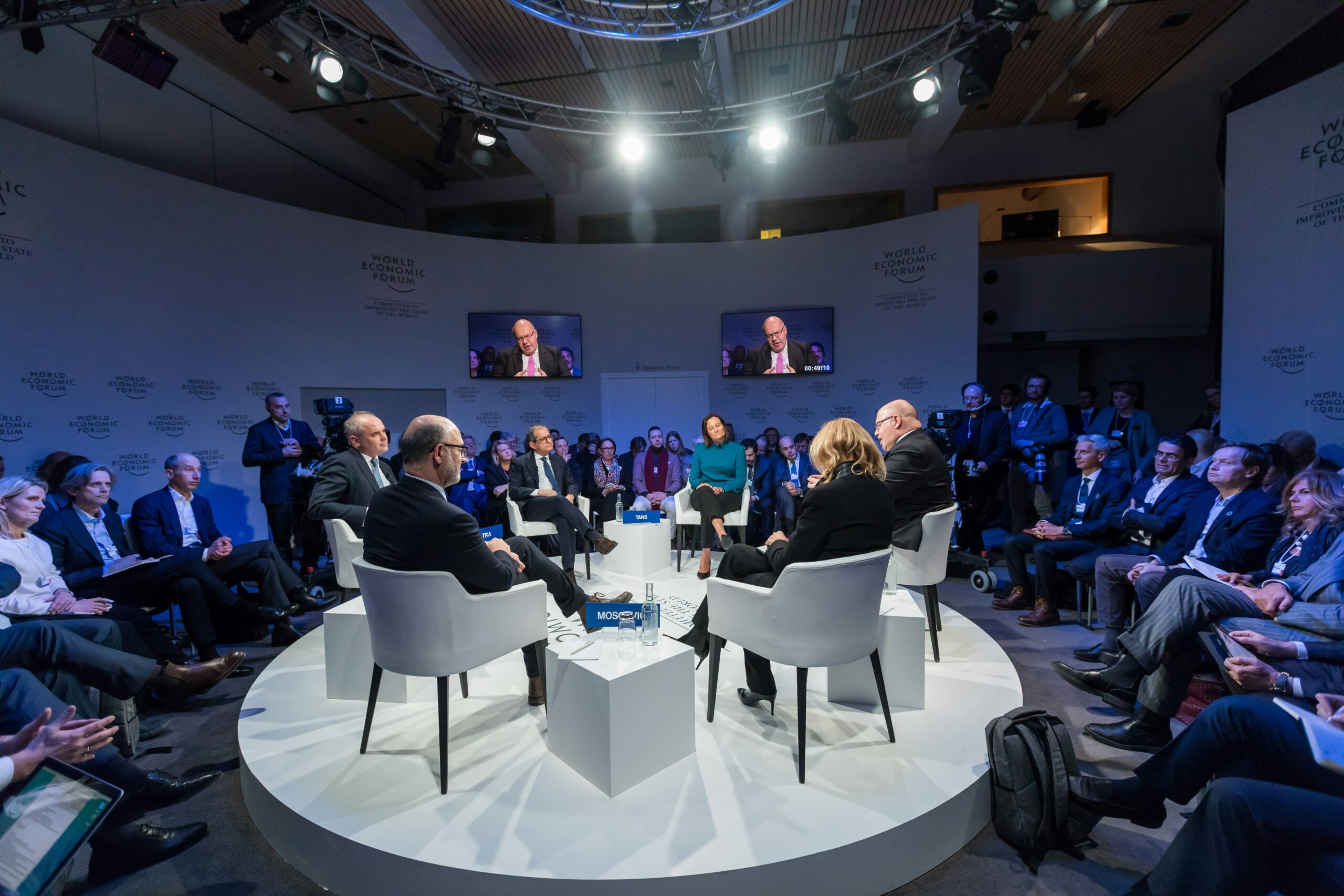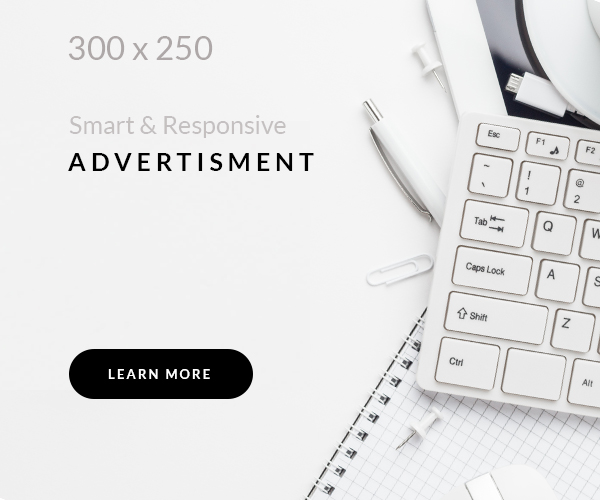Can AI end marketing?
Can AI End Marketing? You Already Know
- By The Editors
- No Comments
What do investors want from InsurTech startups? Genius tethered frugality and purpose.
Functionality, Frugality, and Faith: Investors Want Startups That Don't Need Cash
What’s functionality, futurism, and faith got to do with raising funds? They’re part of a four-part recipe that’s been attracting Unicorn hunters for decades.
The story investors want to hear is one of repeatable success rooted in technical precision. In this industry, that means a product fundamentally changes the economics of underwriting, risk selection, or claims. The volatility we’re seeing in markets is forcing VCs to be more conservative, so what they want now are companies that play well with others.
A Four-Square Foundation
The term four-square comes from construction, and I use it to signify that investors are not just looking at your code or your ideas, they’re looking for a solid structure that they can build on. They know that the future isn’t a platform in isolation. It’s an ecosystem of APIs, machine learning models, and decision tools that combine to create compound value. If you’re building in InsurTech, show how you can be a core utility in that stack. You have to show up with a structure built to grow and withstand the unexpected.
- Be function-focused. Your startup should launch as an ecosystem solution, not an add-on tool.
- Be frugal. Invest in people and development. Investors want founders who know how to grow wealth.
- Be a futurist. Your tech shouldn't be reproducible by the latest GPT. Pitch AI-conscious, human-centric value.
- Show faith. In yourself and your people. Investors believe founders who know their faith is based on hard work and facts. Prove your business can inspire.
Lorem ipsum dolor sit amet, consectetur adipiscing elit, sed do eiusmod tempor incididunt ut labore et dolore magna aliqua. Ut enim ad minim veniam, quis nostrud exercitation ullamco laboris nisi ut aliquip ex ea commodo consequat. Duis aute irure dolor in reprehenderit in voluptate velit esse cillum dolore eu fugiat nulla pariatur. Excepteur sint occaecat cupidatat non proident, sunt in culpa qui officia deserunt mollit anim id est laborum.
Tags
Share this post:
The Editors
How Netflix Unlocked Squid Game’s MarTech Genius

Can AI End Marketing? You Already Know

The No-Con Con: 3 Conferences Worth Every Cent


How Netflix Unlocked Squid Game’s MarTech Genius

Can AI End Marketing? You Already Know



